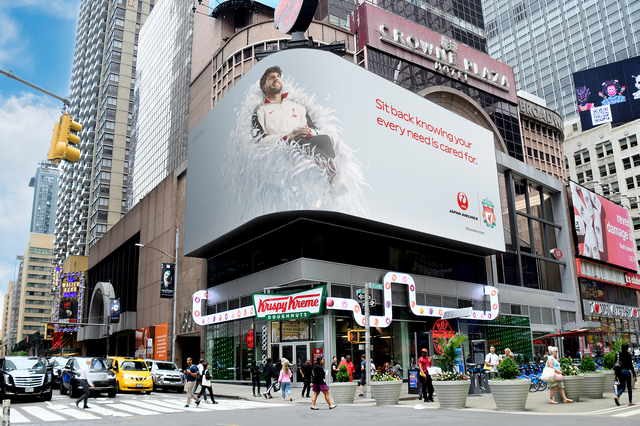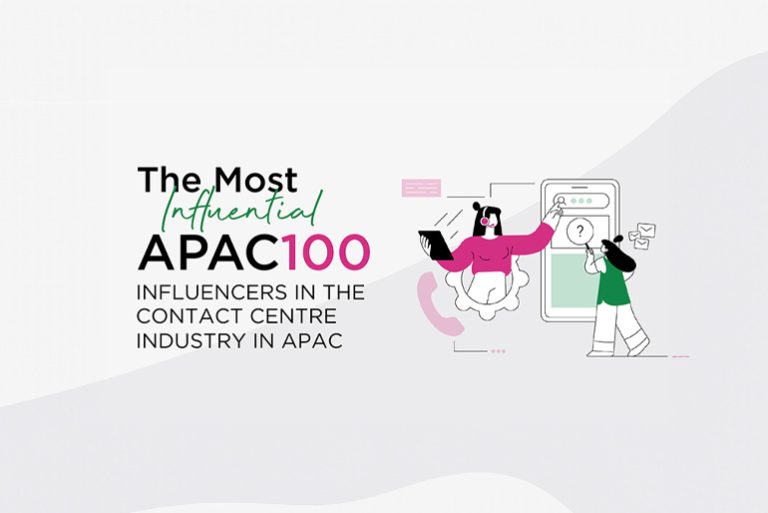Every so often, a piece of technology emerges that divides the marketing world. Some see it as the beginning of the end for the way we’ve always done things, others dismiss it as another flash in the pan. The launch of Dia Browser — and Atlassian’s US$610 million bet on The Browser Company — has triggered exactly that debate.
At first glance, the industry feels like it cannot take another disruption. Marketers are already navigating an exhausting cycle of change: privacy regulation, the decline of cookies, the rise of generative AI, and the collapse of predictable social algorithms. To introduce an entirely new browsing paradigm on top of this looks like one disruption too many. Yet, there is a strong case to be made that Dia is not just another shiny object. It might be the interface that resets marketing for the next decade.
Browsers as Gatekeepers of Marketing
For most of the internet age, marketers have treated the browser as infrastructure, not strategy. Chrome, Safari and Edge were constants. The battle for visibility played out in the search engines they delivered rather than the browser itself.
Dia changes the frame. By placing an AI layer at the very front of the browsing experience, it turns the browser into an active gatekeeper. Instead of displaying endless lists of search results, Dia interprets intent and curates answers. This means a customer’s first interaction with your brand might not happen on your website or even in a Google search result. It could happen inside the browser’s AI-generated summary.
For marketing, that’s a seismic shift. If your content isn’t structured to be recognised, synthesised and recommended by the browser, you risk being invisible at the very first step of discovery.
The Burden of Constant Change
It’s no secret that marketers are fatigued by change. In the past five years, teams have been forced to reinvent their playbooks multiple times. TikTok altered social media content strategies, Apple’s privacy updates reshaped mobile advertising, and AI tools have redrawn the boundaries of content creation. Now, an AI-first browser is asking marketers to rethink search, SEO and user experience again.
The instinctive reaction is resistance. Many teams feel they cannot absorb another platform that shifts the rules. They worry about fragmented budgets, new skills to learn, and the risk of backing a technology that may never reach critical mass.
But here lies the controversy: whether we like it or not, the disruption is already in motion. The only real choice is whether to adapt early or be forced to catch up later.
Why Dia Could Be Different
Scepticism is natural. We’ve seen alternative browsers before, from Brave to DuckDuckGo, and none have seriously dented Google’s dominance. So why might Dia matter more?
First, it is AI-native, built from the ground up for intelligent interaction rather than retrofitted into a search bar. Users can ask complex, conversational queries and receive direct answers rather than sifting through optimised web pages.
Second, its backing matters. Atlassian brings enterprise scale, credibility and integration into collaboration platforms like Jira and Confluence. That distribution power gives Dia an entry point into workplaces where Chrome and Edge are strong but not universally loved.
Third, it is designed for workflows. Dia is not only about searching the web, it’s about managing tabs, summarising context and enabling users to act without leaving the browser. For marketers, that could mean drafting campaign briefs, summarising competitor research or pulling analytics into a ready-made report — all from within the browsing environment.
What Marketers Need to Worry About
The controversy around Dia is not whether it can add value, but whether the marketing ecosystem can withstand yet another layer of change. There are three pressure points.
- SEO Economics
If Dia and other AI-powered browsers become mainstream, traditional SEO strategies lose ground. Ranking on Google’s front page will matter less if users never see the page. Instead, the battle shifts to being included in AI-curated answers. That means brands must invest in content that is deeply authoritative, well-structured, and aligned to conversational queries rather than just keywords. - Content Saturation
Marketers are already producing content at scale, often with the help of generative AI. Dia raises the stakes by filtering aggressively for credibility and relevance. Superficial blogs and thin landing pages will not make it through. This forces a recalibration toward quality, research and originality. - Trust and Privacy
Dia is positioned as a privacy-first browser. Users will have more control over their data, which limits marketers’ ability to rely on traditional targeting methods. The only way to maintain access will be through transparent value exchange. Brands will need to give customers a reason to share their data voluntarily.
The Potential Upside
While the risks are real, the opportunities are equally powerful.
- New visibility channels: Being surfaced in Dia’s AI answers creates exposure beyond traditional search results.
- Customer trust: A browser that emphasises privacy can actually strengthen customer relationships for brands that share the same values.
- Efficiency for marketers: Using Dia as a workspace can compress research, reporting and content creation cycles, freeing teams to focus on strategy.
- Levelled playing field: Smaller, more innovative brands could compete with incumbents if their insights are more relevant and trustworthy to AI systems.
Can We Take Another Disruption?
The uncomfortable truth is that the marketing world doesn’t get to choose whether to take another disruption. The shift is already happening. Consumers will adopt whatever delivers the best experience. If Dia provides cleaner, faster, more trustworthy answers than Google’s ad-heavy search, adoption will follow.
The real question is whether marketing leaders are willing to adjust ahead of time. That means auditing content for depth, implementing structured data, experimenting with AI-first discovery, and preparing teams to work inside integrated browser environments. It also means being prepared for measurement to change. Click-through rates may decline in importance, while share of AI voice — how often your brand is cited in AI-curated answers — could become a key metric.
My View
As a strategist, I see Dia not as a threat to marketing but as an accelerant of change that was already underway. We were already moving from keyword-driven SEO to intent-driven optimisation. We were already shifting from cookie-based targeting to consent-based engagement. We were already adopting AI to speed up strategy and execution. Dia simply places all of that at the very front of the digital journey.
So, can the marketing world take another disruption? The answer is yes — because it has no choice. The real risk lies not in the technology itself but in hesitation. Brands that continue to rely solely on Google’s current model of discovery will be invisible in an AI-first browsing environment. Brands that invest early in authority, structured content and trust will not just survive, they will thrive.
A Call to Action for Marketers
To prepare for Dia, marketing leaders should:
- Reframe SEO: Optimise for conversational questions and semantic search, not just keywords.
- Elevate content quality: Commission research, publish case studies, and focus on depth and clarity.
- Prioritise trust: Redesign data policies around transparency and value exchange.
- Adopt AI-first tools: Use platforms like Robotic Marketer to ensure strategies and campaigns are ready for AI-driven environments.
- Experiment with new browsers: Test Dia now, understand how it interprets content, and adjust your approach before it goes mainstream.
Marketing and SEO Just Got Bigger
Dia Browser is not simply another competitor in the search space. It represents a broader evolution — from browsing to intelligent interaction, from search results to AI-curated answers, from keyword visibility to semantic authority. It may not “kill” Google, but it will change the game for marketers who depend on discovery.
The marketing world may feel exhausted by the pace of change, but disruption is the cost of progress. Whether Dia becomes a niche tool for early adopters or a mainstream alternative to Google, it is a signal that the browser itself has become strategic territory.
Those who embrace the shift will discover new ways to reach audiences, faster paths to insight, and opportunities to build trust in an era of privacy-first discovery. Those who resist may be left behind. The question isn’t whether we can take another Dia Browser. The question is whether we can afford not to.












